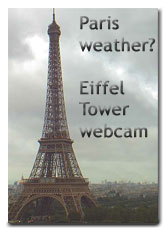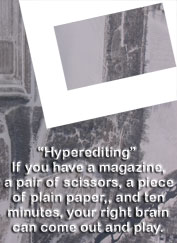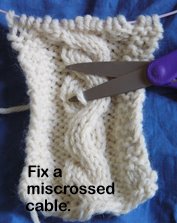.
Updated, 9/9/15.
I'm working at getting caught up in my Science and Cooking class. A week I managed to skip is on heat transfer -- how, and how fast, does heat get from outside of food to inside of food?
It
turns out that for a wide variety of foods we want to cook them in two
different ways. We often want to cook them until the interior is a
particular temperature. Proteins, for example, unfold and rejoin with
each other at certain temperatures. The food is not "cooked" until
these internal temperatures are reached. These internal temperatures tend to be around 150 (F).
Then ... there is the whole issue of browning. Raising
foods to around 248 (F) allows proteins to combine with sugars, which
creates hundreds of flavor compounds which are very attractive to Homo sapiens (though I believe I have read they are not attractive at all to chimpanzees....). We really really like the flavors imparted by cooking things so their surfaces are around 248 (F).
This is why meat is browned
before braising, and why onions may be browned before adding other
ingredients to ratatouille.
So there's a problem -- getting the browning done requires temps much hotter than we want the interior to ever be. Getting the interior to the temp we prefer, but no more, while still managing to get the flavors we'll get if we brown the outside can be non-trivial.
Sous vide cooking (also
known as constant-temperature water-bath cooking) allows you to raise
the interior temp of your food to whatever temp you want, and will hold
the food at that temp for a long time, allowing you to whip your steaks
out of the water bath, grill them, REALLY HOT, for just long enough to
put grill marks on them, and they're perfect. Time after time.........
Sous vide is a cooking technique that was new to me in 2009. I'm not sure how often I've actually had foods cooked this way, as it is often used for meat (and I don't eat very much meat).
Sous vide means "under vaccuum" in French, which is a sort of stupid name for this method of cooking, in my humble, because while vacuum-sealing the food in plastic is usually part of the process, the MAIN take-away point is you use the process is to bring food precisely to a desired temperature and then hold it there as long as you like.
Sous vide cooking is putting food into a constant-temperature water bath. The food is nearly always vacuum-sealed in plastic, to remove the air, so the food is evenly in contact with the heat from water, rather than soaking in the water, losing flavor into the water.
Anyway -- you can do sous vide cooking in a fancy-schmancy device that is expensive and will take up a lot of room on your counter, or you can use the cooler you already have...........
Going through my class materials, I found this link to a blog post about doing sous vide in a cooler. The plain ordinary cheap cooler you might take camping.
Pretty darn clever!
It turns out Science and Cooking includes a video on sous vide by Nathan Myrhvold, who has done TED talks and has other videos also available on youtube. I suspect that what I saw is part of one of the Harvard Science and Cooking lectures on youtube, but I couldn't find the sous vide bit pulled out anywhere.
Nathan Myrhvold is an interesting and amusing speaker, and uses lots of really cool pics with his talks. He explains sous vide nicely, and makes clear why it is such an important and useful technique. He addresses why we needn't worry about plastic, if we use the correct plastic.... "Polyethylene is extremely well characterized." It is very widely used in scientific labs, where the impact of the container on the experiment needs to be known. "We know what does and what does not leach out of it. Saran wrap and Ziplock (brand) bags are made of polyethylene." Chemicals DO leak out of PVC, on the other hand, and if you buy bargain-brand plastic wrap or bags, they may contain PVC. Buyer beware.
I wish I could share Nathan's video on sous vide with you, but all I saw on youtube were whole lectures, rather than just the section on sous vide. As a teaser, to encourage you to find him on youtube and listen even if it's a long lecture, he says that he likes to finish steaks with a blow torch. :-)
.
Subscribe to:
Post Comments (Atom)
















No comments:
Post a Comment